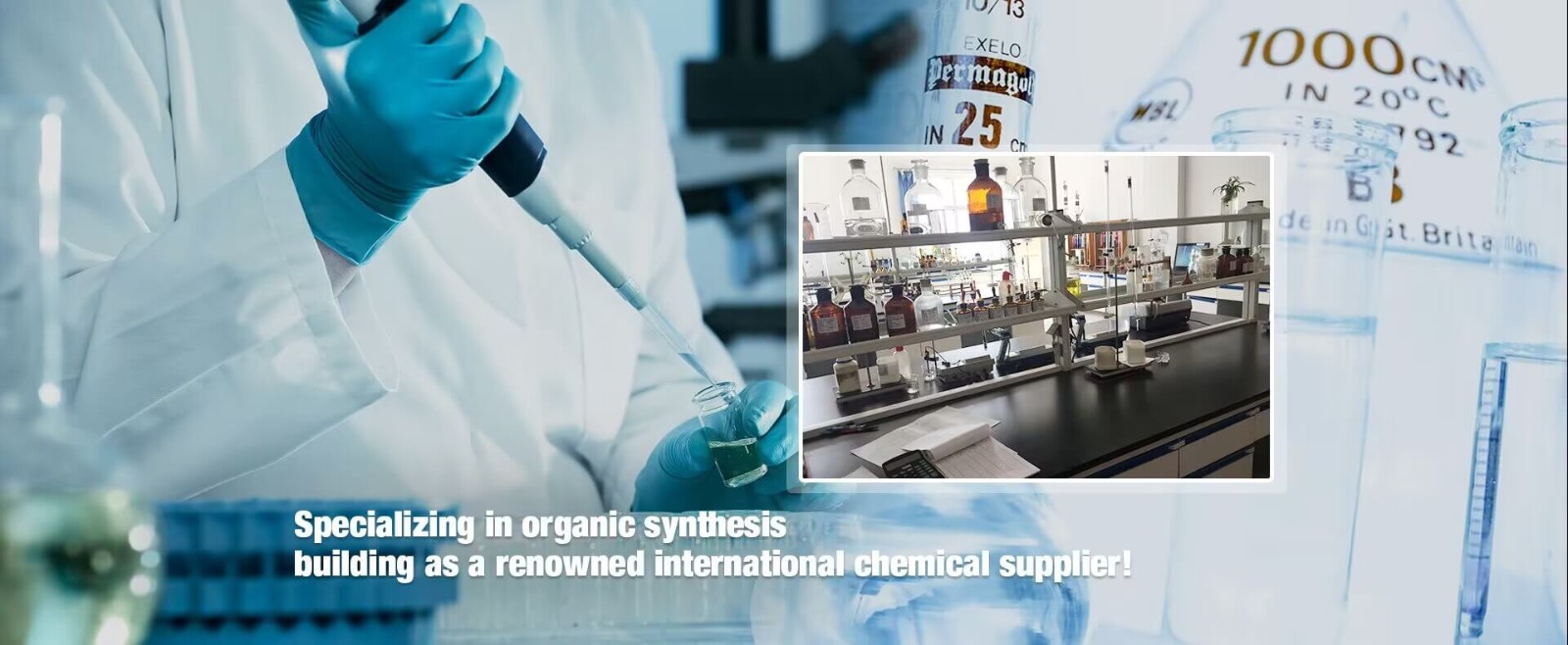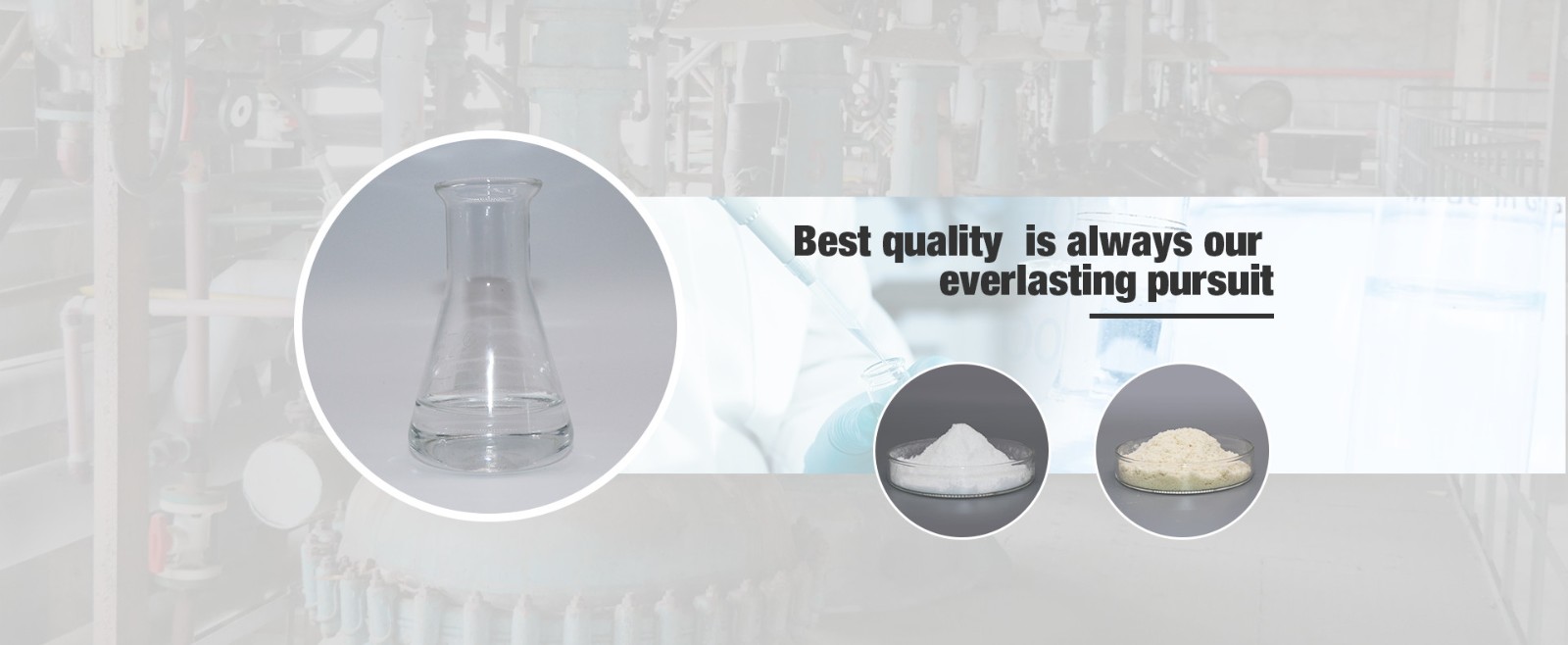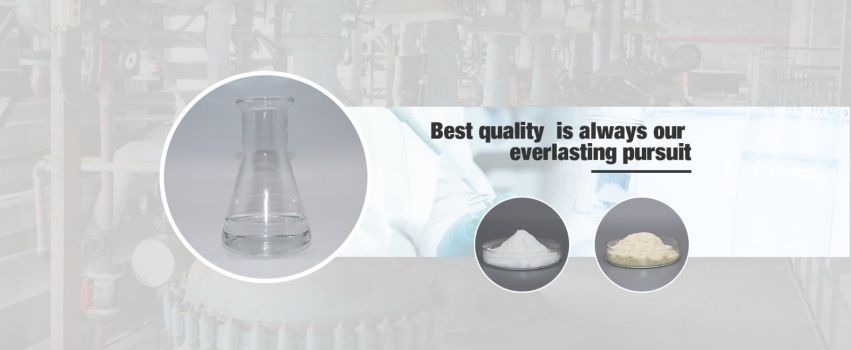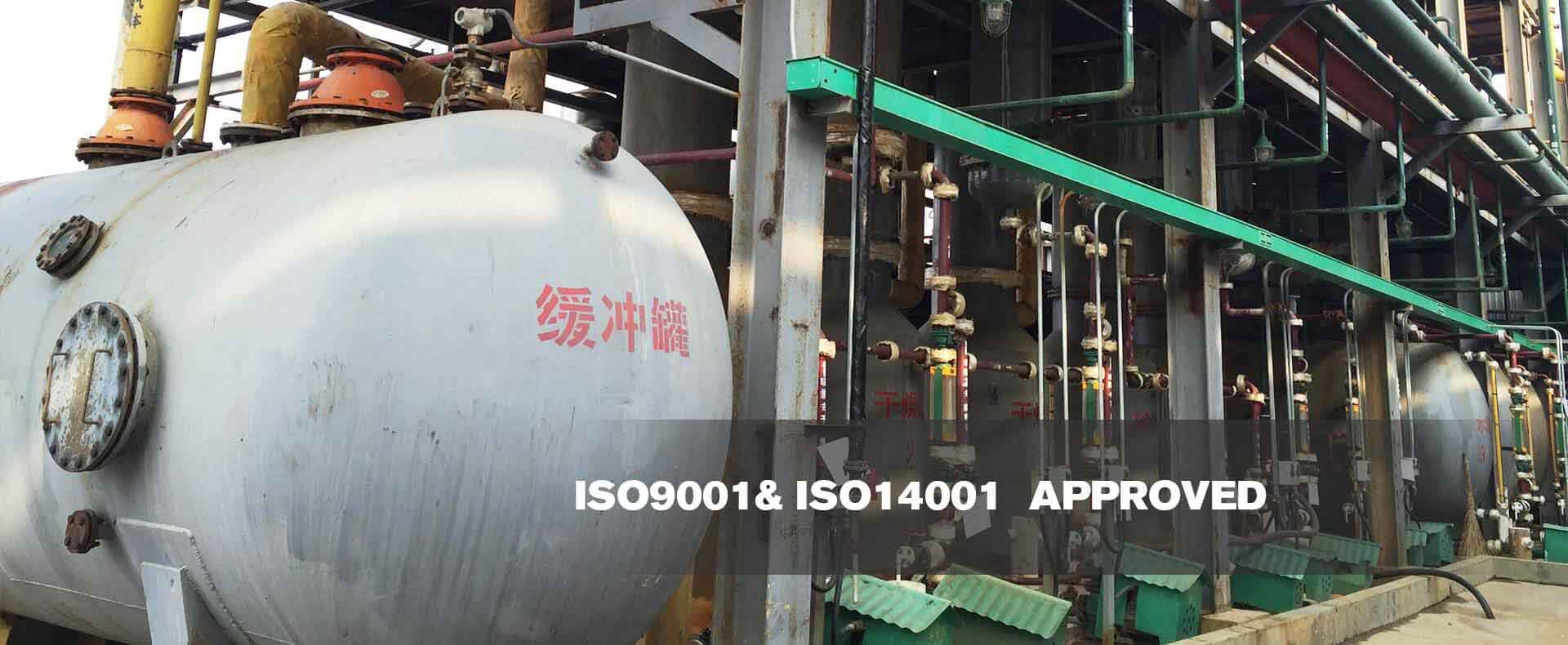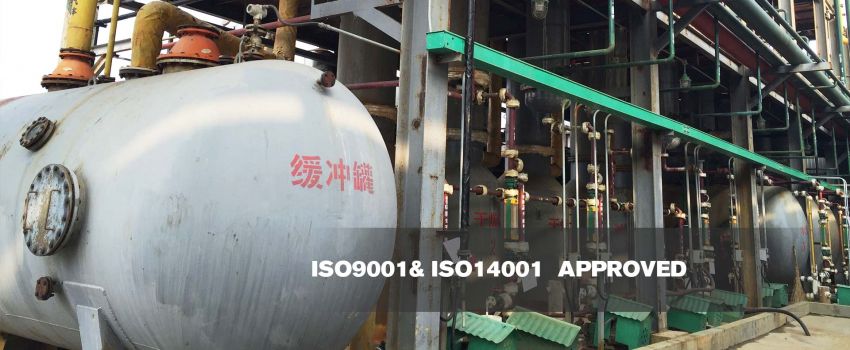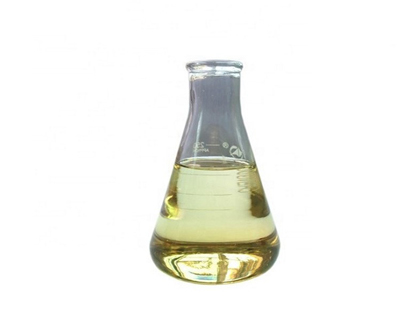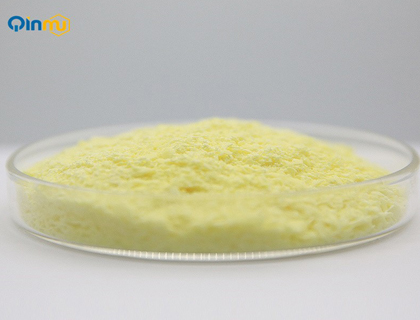The Difference between APIs and Intermediates
Dec. 20, 2022
API intermediates are compounds or agents used as raw materials for the formulation of active pharmaceutical ingredients (API). Amination, hydrogenation, alkoxylation, hydroformylation, electrochemistry, acetylene chemistry, phosgene chemistry, and other technologies are used to manufacture these intermediates.
The rise in the adoption of generic drugs, specialty medicine, the surge in demand for biopharmaceuticals, and the increase in abbreviated new drug applications drive the API intermediate market. Furthermore, the rise in the incidence of diseases and growth in the geriatric population prone to various diseases and disorders are anticipated to lead to market growth. R&D activities on the development and improvement of drugs for chronic diseases and FDA approvals for new molecules present new opportunities for market expansion.
Pharmaceutical Intermediates
What is the difference between an API and an intermediate?
What is the difference between APIs and intermediates in the pharmaceutical field? Many people may be confused with APIs and intermediates, especially those who are new to the pharmaceutical industry. Now the pharmaceutical intermediates supplier will talk about the difference between API and intermediate.
Intermediates
A substance produced in the process of an API must undergo further molecular change or refinement to become an API. The intermediate may or may not be separated. (note: this guide only covers pharmaceutical intermediates that the company defines as those manufactured after the starting point of API production.)
Active pharmaceutical ingredients
Active Pharmaceutical Ingredient (API) -- Active Pharmaceutical Ingredient (API): any substance or mixture of substances intended for use in the manufacture of a Drug, and, when used in pharmaceuticals, as an Active Ingredient in a Drug. This substance has pharmacological activity or other direct effects in the diagnosis, treatment, relief of symptoms, management or prevention of disease, or may affect the function and structure of the body.
Pharmaceutical Intermediates
The difference between APIs and intermediates
As can be seen from the definition, the intermediate is the key product of the previous process of making API, which is different from the structure of API. In addition, pharmacopeia has a test method for API, but no intermediate.
From the perspective of new drug development, API is a compound that can be safely used in the human body for treatment and diagnosis after adequate pharmaceutical research. Intermediates are compounds in the process of synthesizing APIs and may not be therapeutic or toxic. Note that intermediates in the synthesis of some APIs are also APIs.
From the perspective of drug administration, API should be registered with the drug regulatory authorities (state food and drug administration in China, FDA in the United States, and EMEA in Europe) according to law. However, the intermediate is only the intermediate product in the process of synthesizing API, and no document number is needed.
Previous: Quercetin Dosing Guidelines
-

Qinmu's CPHI China 2025 Exhibition Ends Perfect
Jul. 01, 2025
-

CPHI & PMEC China (Shanghai) 2025 --- we are coming!
Mar. 14, 2025







